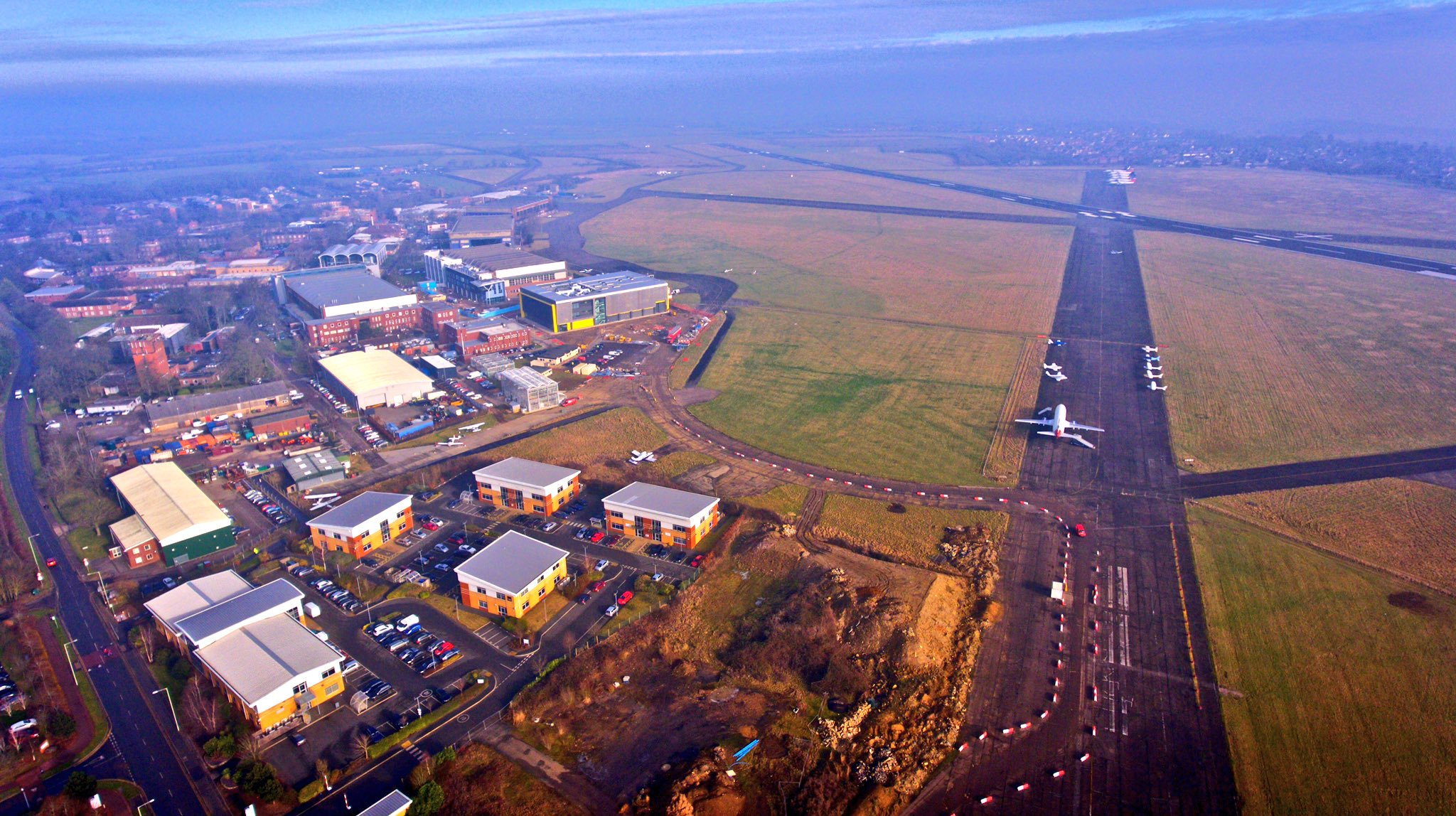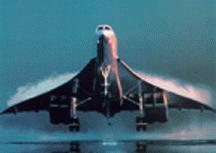|
David Keith-Lucas
David Keith-Lucas (25 March 1911 – 6 April 1997) was a British aeronautical engineer. Early life David Keith-Lucas was one of the sons of Alys Hubbard Lucas and Keith Lucas, who invented the first aeronautical compass. After the death of Keith Lucas in 1916, his wife Alys changed the family name, and, as Alys Keith-Lucas, edited a short book giving his background together with reminiscences of him and a list of his publications. David Keith-Lucas was educated at Gresham's School, Holt, and at Gonville and Caius College, Cambridge, where he read engineering. Career David Keith-Lucas was an apprentice and engineer with C.A. Parsons and Co. from 1933 to 1940, then moved to the aerodynamics office of Short Brothers, Rochester, famous for their flying boats, becoming their chief aerodynamicist in 1944. From 1945 to 1965 he was with Short Brothers and Harland Ltd in Belfast, holding the posts of chief designer, technical director and research director. His work included resear ... [...More Info...] [...Related Items...] OR: [Wikipedia] [Google] [Baidu] |
Keith Lucas (scientist)
Keith Lucas FRS (8 March 1879, Greenwich – 5 October 1916, Salisbury Plain) was a British scientist who carried out pioneering work in neuroscience at Trinity College, Cambridge. He was the son of Francis Robert and Katharine Mary (née Riddle) Lucas. He was educated at Rugby School and Trinity College, Cambridge where he graduated BA with a first-class in natural sciences in 1901. In 1902 he worked in New Zealand, on the bathymetrical survey of the lakes, and he became a Fellow of Trinity in 1904. In 1907 he became an additional university demonstrator in physiology, and in 1908 a lecturer in natural sciences.John K. Bradley, ‘Lucas, Keith (1879–1916)’ |
Cranfield Institute Of Technology
, mottoeng = After clouds light , established = 1946 - College of Aeronautics 1969 - Cranfield Institute of Technology (gained university status by royal charter) 1993 - Cranfield University (adopted current name) , type = Public research university , chancellor = Dame Deirdre Hutton , vice_chancellor = Karen Holford , administrative_staff = 1,800 , students = ()(all postgraduates) , undergrad = , postgrad = , city = Cranfield, BedfordshireShrivenham, OxfordshireEngland , campus = Rural (both) , former_names = Cranfield Institute of TechnologyCollege of Aeronautics , colours = , athletics = , affiliations = ACUPEGASUS EQUISAACSB AMBA M5 UniversitiesUniversities UK , website = https://www.cranfield.ac.uk/ , logo = , footnotes = Cranfield University is a British postgraduate public research university specialising in science, engineering, design, technology and management. Cranfield was founded as the College of Aeronautics (CoA) in 1946. Through the ... [...More Info...] [...Related Items...] OR: [Wikipedia] [Google] [Baidu] |
Morien Morgan
Sir Morien Bedford Morgan CB FRS (20 December 1912 – 4 April 1978), was a noted Welsh aeronautical engineer, sometimes known as "the Father of Concorde". He spent most of his career at the Royal Aircraft Establishment (RAE), before moving to Whitehall for ten years as the Controller of Aircraft within the Ministry of Aviation. He spent the last years of his life as master of Downing College, Cambridge. Biography He was born in Bridgend, the son of draper John Bedford Morgan and teacher Edith Mary. Thomas, was the fourth great grandson of John Bedford. He studied at local schools (Bridgend Primary School, Aberdare Boys' School, Canton Boys' School, Rutlish School), then at Magdalen College School, Oxford, and from 1931, St Catharine's College, Cambridge. It was during his time at Cambridge that he became fascinated with aircraft, and won the John Bernard Seely prize in aeronautics in 1934. After a brief apprenticeship at Vickers Aviation, Morgan took a position at the ... [...More Info...] [...Related Items...] OR: [Wikipedia] [Google] [Baidu] |
The Independent
''The Independent'' is a British online newspaper. It was established in 1986 as a national morning printed paper. Nicknamed the ''Indy'', it began as a broadsheet and changed to tabloid format in 2003. The last printed edition was published on Saturday 26 March 2016, leaving only the online edition. The newspaper was controlled by Tony O'Reilly's Irish Independent News & Media from 1997 until it was sold to the Russian oligarch and former KGB Officer Alexander Lebedev in 2010. In 2017, Sultan Muhammad Abuljadayel bought a 30% stake in it. The daily edition was named National Newspaper of the Year at the 2004 British Press Awards. The website and mobile app had a combined monthly reach of 19,826,000 in 2021. History 1986 to 1990 Launched in 1986, the first issue of ''The Independent'' was published on 7 October in broadsheet format.Dennis Griffiths (ed.) ''The Encyclopedia of the British Press, 1422–1992'', London & Basingstoke: Macmillan, 1992, p. 330 It was prod ... [...More Info...] [...Related Items...] OR: [Wikipedia] [Google] [Baidu] |
Alan Keith-Lucas
Alan Keith-Lucas (1910–1995), known during the early part of his life as Alan Lucas, was a British-born social worker and professor at the University of North Carolina at Chapel Hill who worked primarily in the field of residential childcare. Early life Alan Lucas was one of three sons of Alys Hubbard Lucas and Keith Lucas, inventor of the first aeronautical compass. His brothers were the aeronautical engineer David Keith-Lucas and the political scientist Bryan Keith-Lucas. After the death of Keith Lucas in 1916, his wife Alys changed the family name, and, as Alys Keith-Lucas, edited a short book giving his background together with reminiscences of him and a list of his publications. He was educated at Gresham's School and then at the University of Cambridge, graduating Bachelor of Arts, a first degree which as usual later gave him the title of Master of Arts. Interested in the emerging profession of social work, not then studied at post-graduate level in Britain, Keith-Lucas ... [...More Info...] [...Related Items...] OR: [Wikipedia] [Google] [Baidu] |
Darwin College, Kent
Darwin College is the fourth-oldest college of the University of Kent, an English higher education institution in the United Kingdom. It was opened in 1970. Namesake After much debate, the college was named after Charles Darwin, the biologist.Graham Martin, ''From Vision to Reality: the Making of the University of Kent at Canterbury'' (University of Kent at Canterbury, 1990) page 125-126 Unusually for a namesake of a Kent college, Darwin had strong connections to the historic county of Kent, having lived in Down House at Downe (now in the London Borough of Bromley) for the last forty years of his life. Other names considered in the lengthy process included: * Anselm, after Anselm a former Archbishop of Canterbury * Attlee, after Clement Attlee, the post-war prime minister * Becket, after Thomas Becket, former Archbishop of Canterbury, murdered in the city's cathedral and subsequently canonised (this was the recommendation of the college's provisional committee but was reje ... [...More Info...] [...Related Items...] OR: [Wikipedia] [Google] [Baidu] |
Bryan Keith-Lucas
Bryan Keith-Lucas (born Lucas; 1 August 1912, Fen Ditton, Cambridgeshire − 1996, Canterbury, Kent) was an English political scientist. Education The son of Alys Hubbard Lucas and Keith Lucas, professor of physiology at Cambridge and an instrument designer, Keith-Lucas was born at Fen Ditton and educated at Gresham's School, Holt, and Pembroke College, Cambridge, where he read history and economics. In his Tripos he gained an upper Second in history and a lower Second in economics. While at Cambridge, he took a great interest in government, especially social policy and the problems of housing, thanks to two priests, Father Jellicoe and Father Scott, who had begun the St Pancras Housing Society. He decided to become a solicitor. The family name was changed to Keith-Lucas to honour the father after his death in 1916. Career Bryan Keith-Lucas joined the town clerk's department at Kensington, London, and qualified as a solicitor in 1937. During the Second World War he served wi ... [...More Info...] [...Related Items...] OR: [Wikipedia] [Google] [Baidu] |
Kitty Hawk, North Carolina
Kitty Hawk is a town in Dare County, North Carolina, United States, and is a part of what is known as North Carolina's Outer Banks. The population was 3,708 at the 2020 Census. It was established in the early 18th century as Chickahawk. History The name Kitty Hawk is derived from the native Algonquin Amerindian language word Chickahawk, meaning "a place to hunt geese". Kitty Hawk became world-famous after the Wright brothers made the first controlled powered airplane flights at Kill Devil Hills, four miles (6 km) south of the town, on December 17, 1903. After the four flights in their ''Wright Flyer'', the brothers walked back to Kitty Hawk. Here, they sent a telegram from the Weather Bureau office to their father informing him of their success. Kitty Hawk is usually credited as the site of the powered flights because it was the nearest named settlement at the time of the flight; the modern town of Kill Devil Hills did not exist until 50 years after the flights. The Wright ... [...More Info...] [...Related Items...] OR: [Wikipedia] [Google] [Baidu] |
Roskill Commission
The Roskill Commission (formally the Commission on the Third London Airport) was a UK Government Commission charged with looking into finding a site for a new airport for London. Chaired by High Court judge Eustace Roskill, it sat from 1968 to 1970 and published its report in January 1971. Since the 1950s, London's primary passenger airport had been at Heathrow, with a second one at Gatwick. The Commission's aim was "to enquire into the timing of the need for a four-runway airport to cater for the growth of traffic at existing airports serving the London area, to consider the various alternative sites, and to recommend which site should be selected." Roskill's initial list of 78 sites was reduced to an intermediate list of 29, before detailed consideration of four short-listed locations: *Cublington *Foulness * Nuthampstead * Thurleigh. The Commission recommended that a site at Cublington near Wing in Buckinghamshire (to the north-west of London) should be developed as Londo ... [...More Info...] [...Related Items...] OR: [Wikipedia] [Google] [Baidu] |
Order Of The British Empire
The Most Excellent Order of the British Empire is a British order of chivalry, rewarding contributions to the arts and sciences, work with charitable and welfare organisations, and public service outside the civil service. It was established on 4 June 1917 by King George V and comprises five classes across both civil and military divisions, the most senior two of which make the recipient either a Orders, decorations, and medals of the United Kingdom#Modern honours, knight if male or dame (title), dame if female. There is also the related British Empire Medal, whose recipients are affiliated with, but not members of, the order. Recommendations for appointments to the Order of the British Empire were originally made on the nomination of the United Kingdom, the self-governing Dominions of the Empire (later Commonwealth) and the Viceroy of India. Nominations continue today from Commonwealth countries that participate in recommending British honours. Most Commonwealth countries ceas ... [...More Info...] [...Related Items...] OR: [Wikipedia] [Google] [Baidu] |


